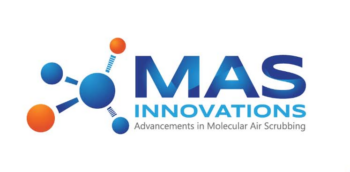Pulp and paper mills generate a variety of corrosive contaminants. Hydrogen sulfide is recognized as a common byproduct and can cause corrosion issues with electronics and compressors at the facility. Other corrosive gases that may be present are sulfur dioxide, chlorine, and chlorine dioxide.
In kraft pulping mills, the processing technique uses heat and chemicals to pulp wood chips for making paper. The reaction produces “total reduced sulfur” (TRS) gases. Examples of TRS gases are hydrogen sulfide, mercaptans, dimethyl sulfide, and any other organic sulfides. The gases cause the familiar “rotten cabbage” or “rotten egg” smells that paper mills are known for, however, their ability to do damage via corrosion can occur at concentration levels below their odor threshold.
In sulfite pulp mills, the primary contaminant emitted is sulfur dioxide (SO2), which has a strong, choking odor and can be very damaging to the silver soldering of newer electronics.
In addition to the pulp and paper making processes, wastewater treatment plants are a source for sulfur gases.

